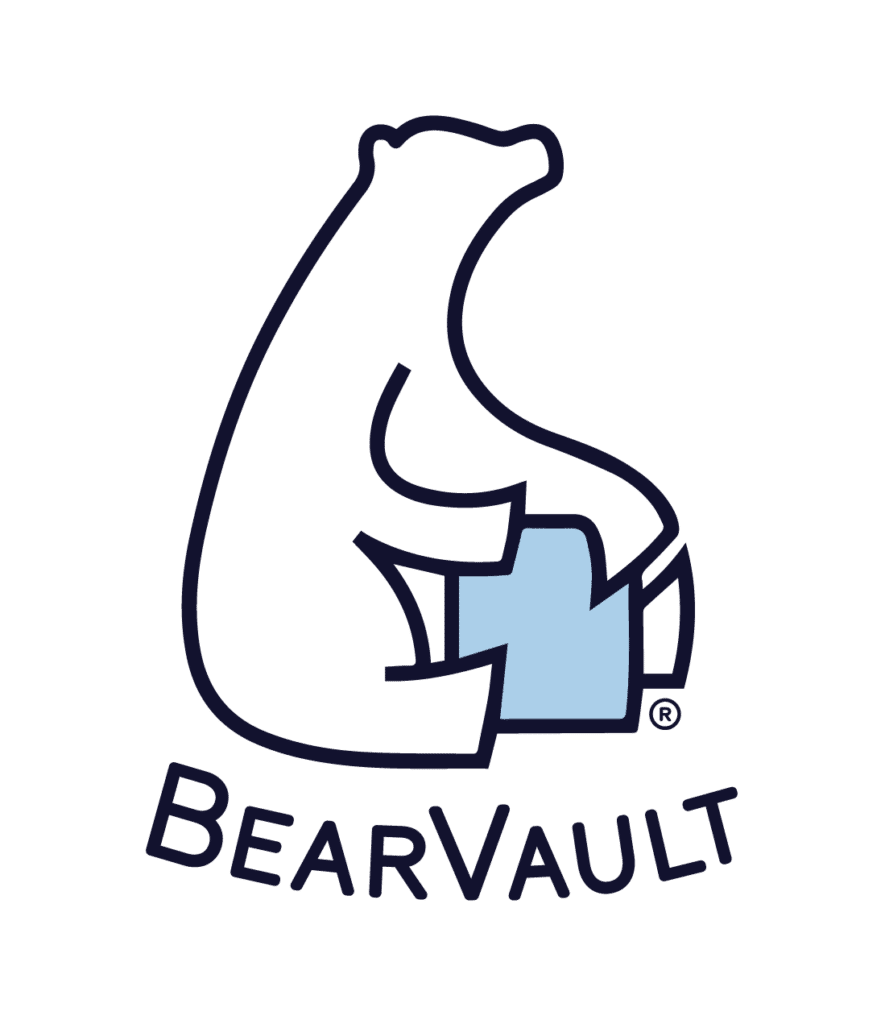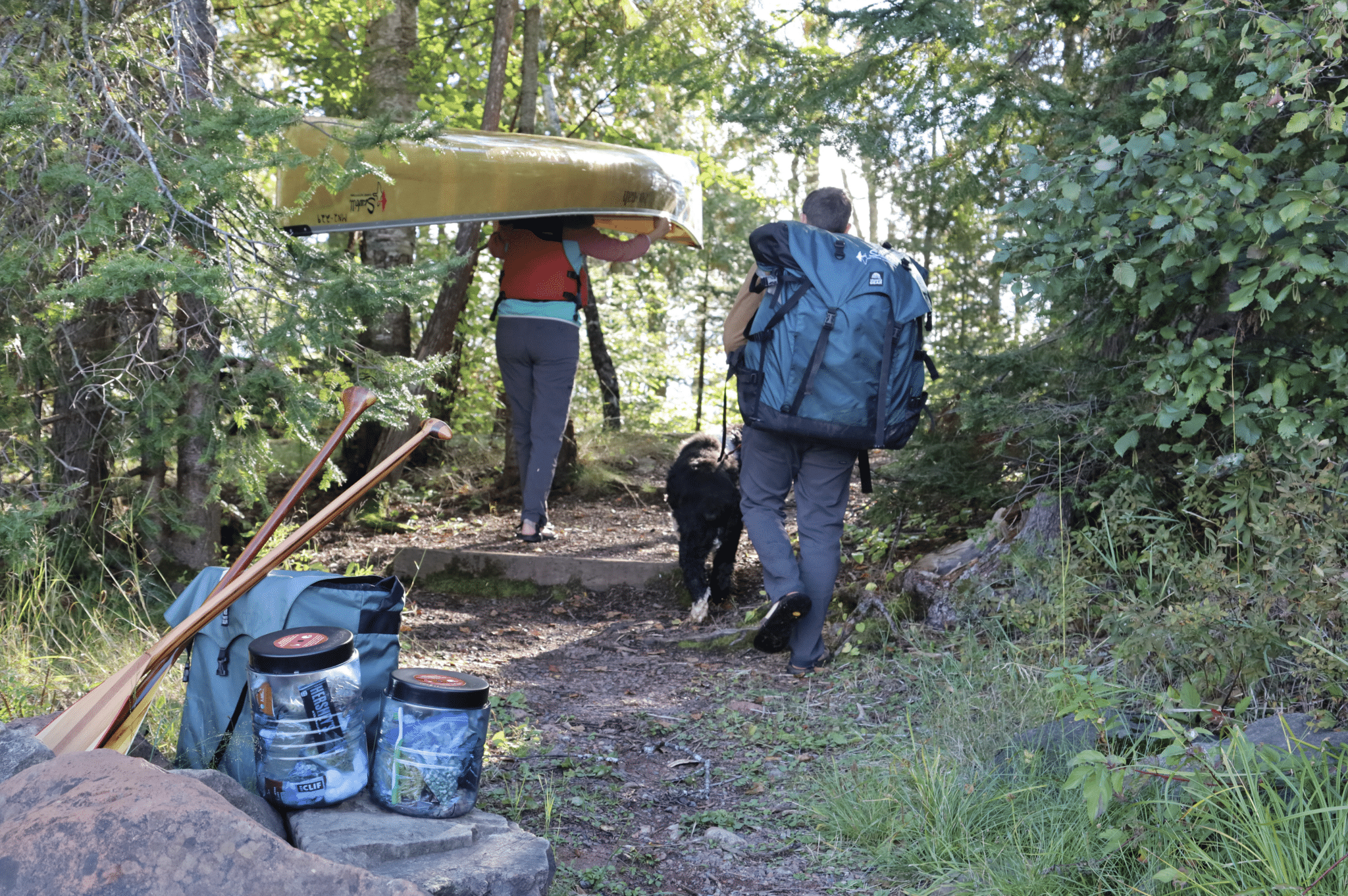
Canoeing Blue Barrels vs Bear Proof Barrels
- Jessica Cockroft

Which Blue is Right for You? Comparing Canoeing Blue Barrels with BearVault’s Blue “Barrels”
Call them whatever you want to, but the blue hue of BearVault’s transparent, bear-proof canisters sometimes confuses search engines. When they get an inquiry like “blue bear-proof barrels,” they can really miss the mark.
The fact is, there are two pieces of outdoor gear that often need to be clarified. With a quick glance at the terminology we use, you can see where the confusion comes in! Technology is smart, but we can’t expect it to understand everything about our niche interests.
The number one inquiry on peoples’ minds seems to be what the term “blue barrel” means and whether or not blue barrels are bear-proof. There’s a lot more to know than that, though. Let’s take a look at both these pieces of gear and see if we can’t answer some questions about them.

What Are Canoeing Blue Barrels?
Canoeing blue barrels are water-tight plastic barrels with handles for easy carrying. A rubber ring that sits within the lip of the lid fits snuggly over the opening. A metal ring with a spring clasp clamps it down tight, creating a waterproof seal. These barrels are typically used for food and gear on canoe trips.
Blue barrels typically come in 20, 30, or 60-liter sizes and have a variety of add-ons to make them more useful for avid canoers. Harnesses can turn them into a backpack for easy portaging, and organizing pouches can make them easier to use in camp.
These barrels are placed into, not floated behind, your canoe. Yes, they are reliably water-proof and will float according to the weight of their contents. But they aren’t the most aerodynamic shape to pull through the water! When you’re paddling for miles on end, you’ll be glad you didn’t try towing it.
How Do You Use Canoeing Blue Barrels?
Canoeing blue barrels are basically like waterproof suitcases. Anything you want to keep dry goes inside! When you’re ready to launch, the barrel sits inside your canoe.
Many canoeists advocate tying them down, while others prefer to leave them loose. The former method would provide some extra buoyancy in case of an upset but would also make it more difficult to right a tipped canoe. The latter method makes it easier to flip upright, but while you’re doing that, your barrel will be floating away.
Still others recommend always portaging around any area of the river that makes capsizing seem possible. For this method, you would benefit greatly from having a comfortable barrel harness. These accessories strap onto a barrel and allow you to carry it on your back instead of using the handles. It will take extra time and effort, but it does ensure you don’t lose any gear to unexpected currents or submerged obstacles.

Are Canoeing Blue Barrels Bear Proof?
Something we want to point out is that canoeing blue barrels are NOT bear-proof! They are not approved by the Interagency Grizzly Bear Committee (IGBC) and make no claims to that effect. It’s a common misconception, but the walls of these barrels have been known to break down under the stress of a bear’s insistent attempts to reach the contents.
The seal does a decent job of keeping smells inside. Since bears have a nose seven times stronger than a bloodhound, that’s something to be celebrated.
That being said, any bear that already equates the presence of people with easy calories will know what’s in there and could potentially get to it. Preventing bears from associating the barrels with food is done by ensuring there’s no reward if/when they manage to break it.
This brings us to the OTHER kind of blue barrels.

What Are Those Bear-Proof Blue Barrels?
The small blue “barrels” that are truly bear-proof are called “canisters,” made by the one-and-only BearVault. These are made with carrying in mind, not floating, and are popular with backpackers and hikers. Campers of all kinds – backpackers, car campers, drive-in campers – use them whenever they venture into bear country.
BearVaults come in four sizes, ranging from 5 liters to 11.5 liters. Their polycarbonate walls are see-through and durable. Lids are made of hard plastic and require no tools to open or close. These are the kind of “barrels” that have been tested by captive bears and certified with the Interagency Grizzly Bear Committee.
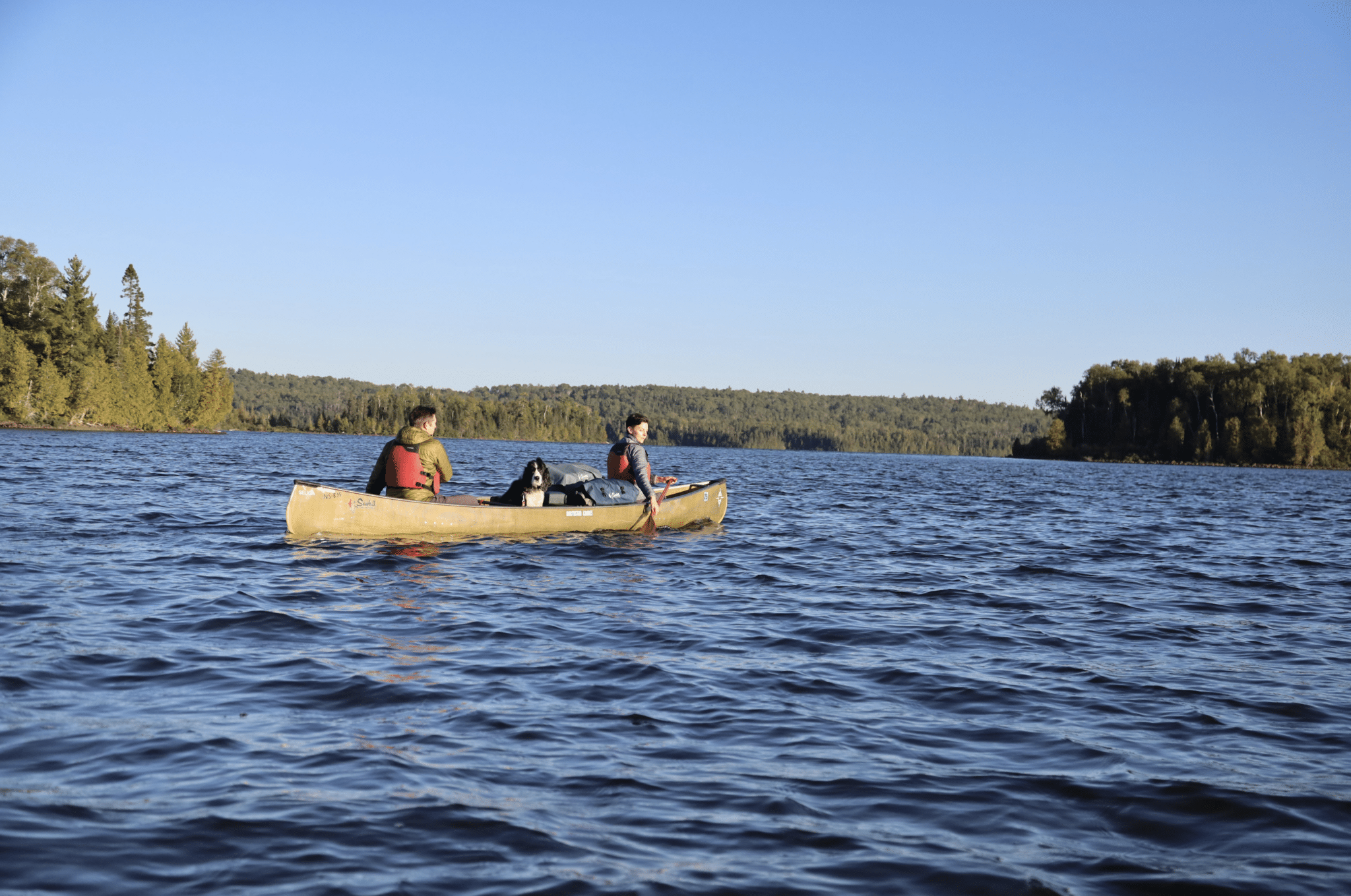
All items with an attractive smell – be it food, toiletry, or trash – need to be stored in a BearVault when you’re in bear country. Doing this will protect your stash and also protect bears from habituation… more on that later!
It’s important to note that these aren’t waterproof. They do a good job of keeping rain out, but they’re not meant to be submerged. Don’t count on getting your food back if you tip over while your BearVault is free-ranging in your canoe!
So, Do I Need A Blue Barrel or a BearVault?
Putting the two types of blue barrels side-by-side may have you stumped. If you’re canoeing in bear country, do you prioritize water-proof or bear-proof?
The best plan is to have both water-proof AND bear-proof storage on your canoe trip gear list.
It’s not exactly feasible, in my mind, to ignore either need. Thankfully, you can have the best of both worlds by pairing the two products together.
All BearVault models fit into all blue barrel sizes. Storing attractants in your BearVault and slipping it into your blue barrel will ensure that any rambunctious bears that manage to break through the first barrier won’t be rewarded.
I can’t overstate how important it is that bears don’t access your food supply. It’s not just for your sake. The impact of poor food storage extends well into the future.
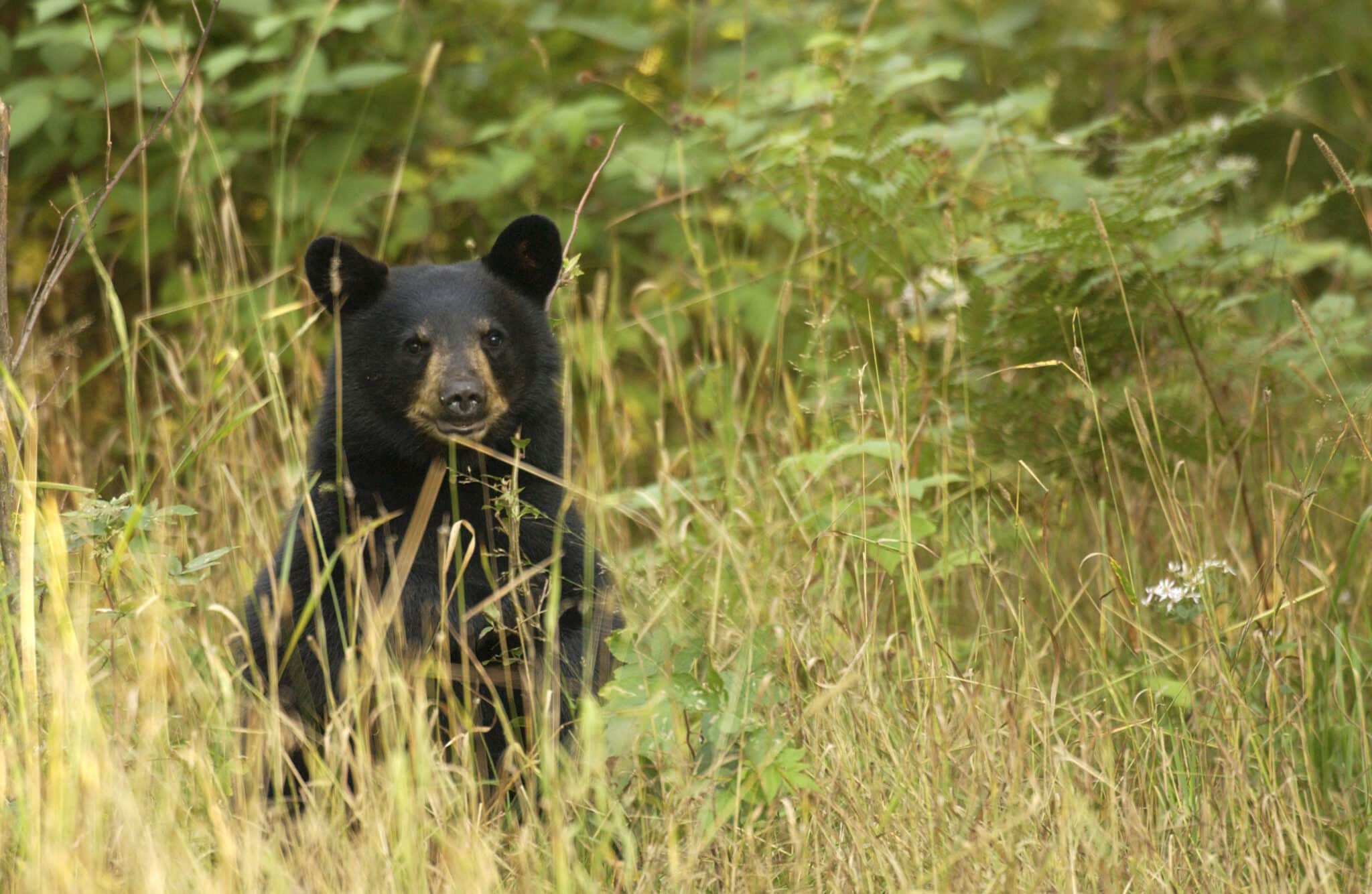
The Importance of Responsible Food Storage in Bear Country
Responsible food storage during your canoe trip does more than just keep your stash safe for a sunrise breakfast. It protects the entire region from food-habituated bears. It can even protect generations of explorers.
What is Food Habituation?
Food habituation is what happens to bears when they learn where and how to gain access to food that’s not a natural source of nutrition.
Imagine a bear stumbling upon a canoe camper in the backcountry. It smells residue on the exterior of a blue barrel and breaks in to discover a treasure cove of high-calorie deliciousness. Filling its belly is easy, and chowing down only takes a few minutes. Satisfied, it lumbers off, leaving the camper undisturbed in their tent.
A week later, he’s back by the river and sees another blue barrel. His ears perk up. He remembers what this means! The barrel doesn’t stand a chance as he eagerly pursues another food reward.
For some bears, a single instance is all it takes to form a habit. Others may need repeated success, but all can form one if given enough chances. And once formed, food habits are hard to break.
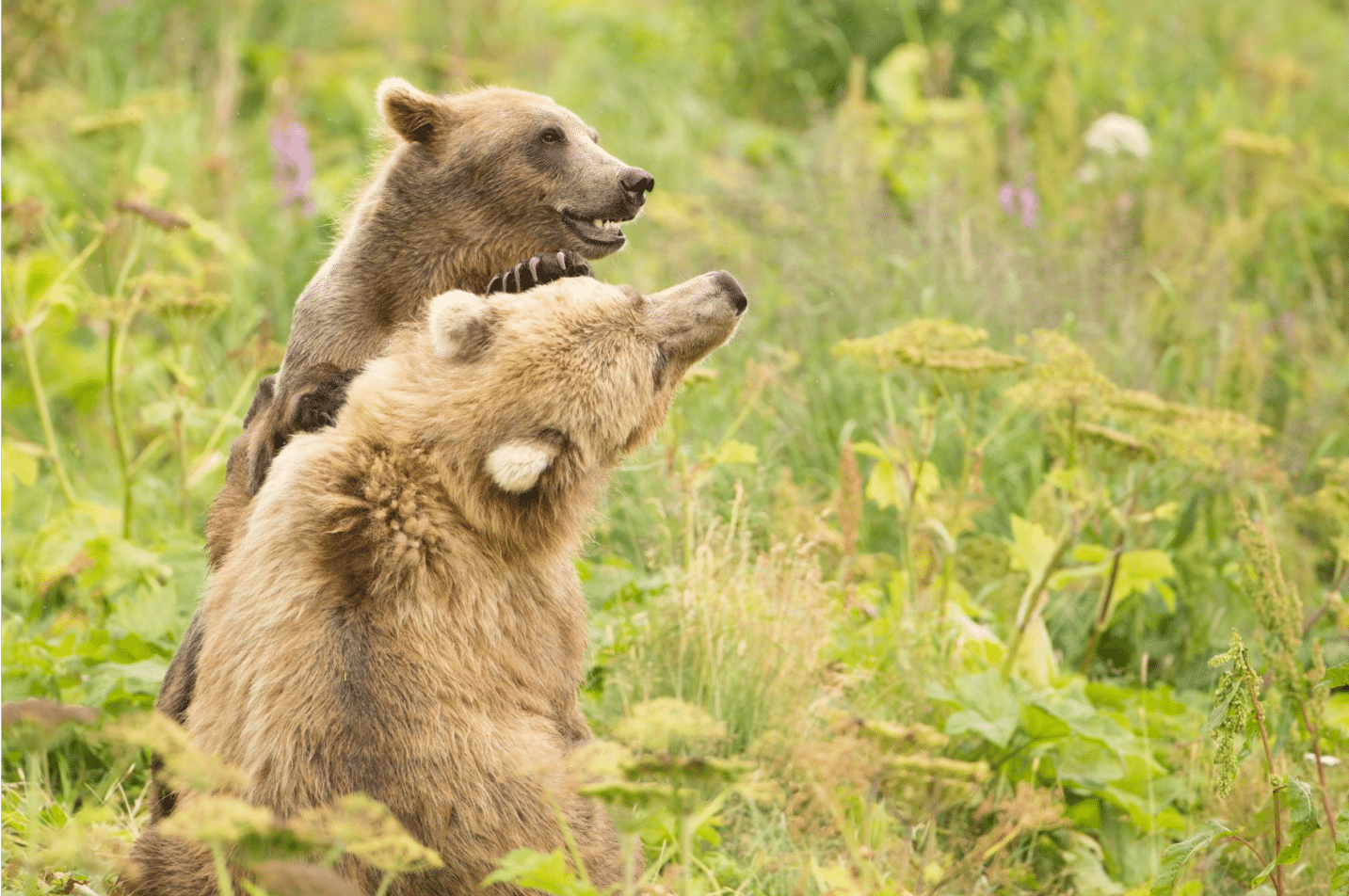
How is Food Habituation Managed?
What’s even more sobering is that these habits can be passed from one generation to the next. Sows spend, on average, a year and a half with their cubs before they’re mature enough to branch out on their own. During that time, it’s her responsibility to teach them everything they need to know on how to survive. Finding food is a huge part of that. If she’s habituated, those cubs are going to grow up with the same behaviors.
A 2020 report from the Interagency Grizzly Bear Study Team cites a single-strike approach for what’s called “offensive aggression” for proactive wildlife management policies. This kind of behavior is described as “behav[ing] aggressively toward people, injur[ing] people, or damag[ing] property in their attempts to gain access to human foods.”
Bears that learn to associate the presence of humans with easy food become dangerous and must be removed. Preventing food rewards by utilizing bear-proof storage during your outdoor adventures protects bears from forming bad habits. Even more importantly, it protects future canoe campers from dangerous, habituated bears.
Blue Barrels and Bear Barrels
Going for the perfect marriage of water-proof AND bear-proof makes sense. At the very least, you’ll know your food won’t end up in the wrong paws. At the very best, you’ll end the trip with perfectly dry gear and all those carefully packed calories fueling your journey instead of a bear’s.
Above all, it’s important for explorers to recognize that entering wild habitats inevitably comes with certain responsibilities and risks. If we’re each intentional with our own journey, we can minimize our impact and maximize our experience.
Author Profile

Jessica Cockroft
Jess merges her passion for words and an insatiable longing for adventure as an outdoor freelance content writer and marketer. When she’s not busy stringing words together you’ll probably find her planning another camping trip for her crew of kids or taking care of the homestead. You can find her on LinkedIn and Instagram, as well as on her own website.
